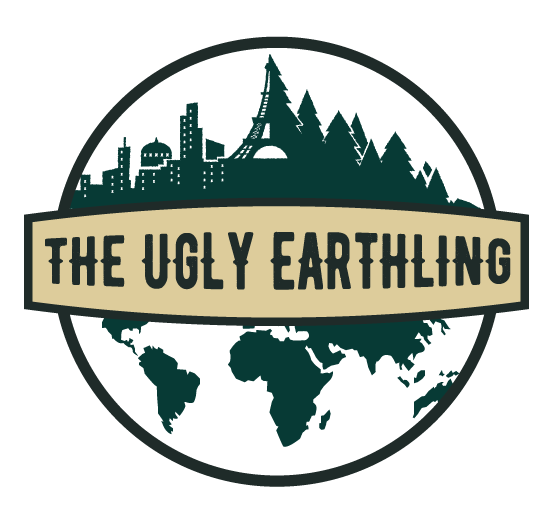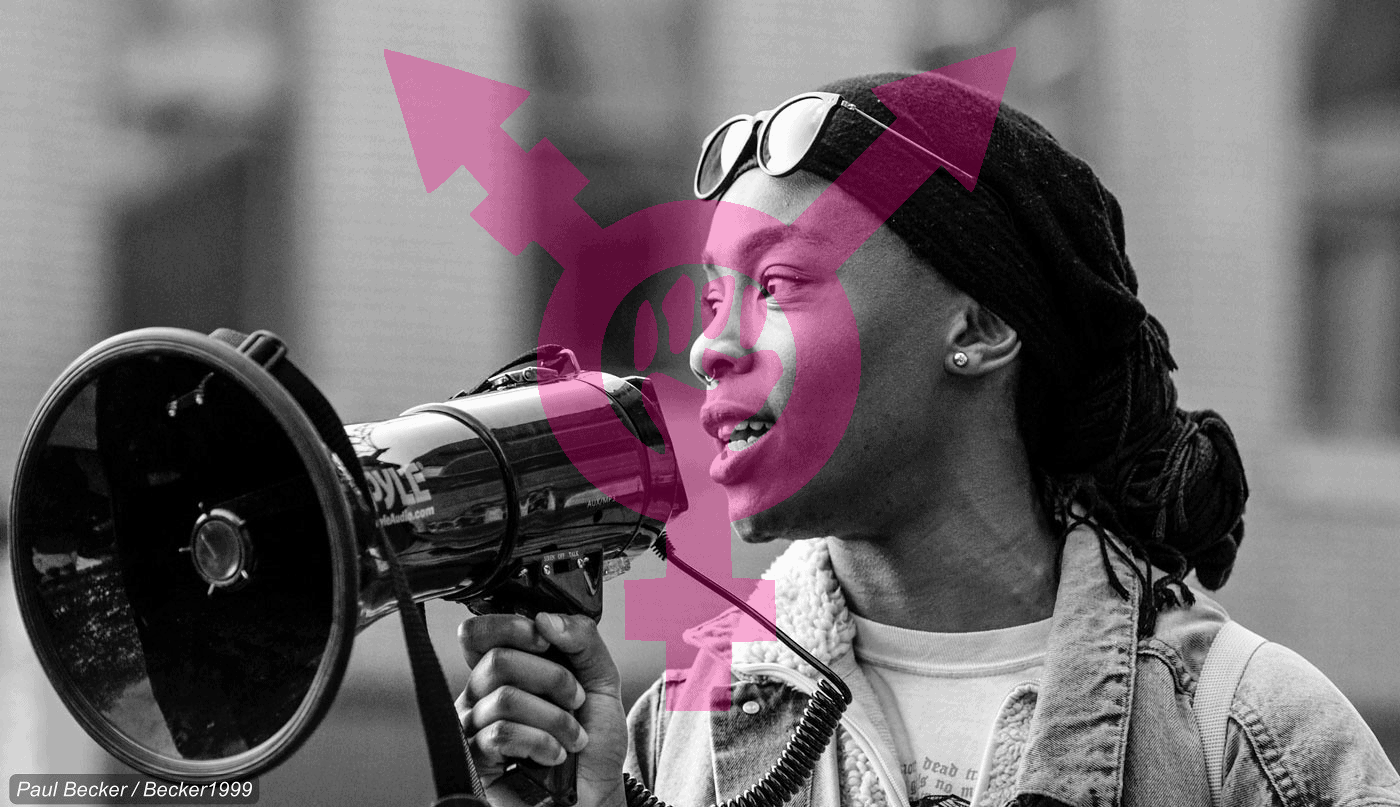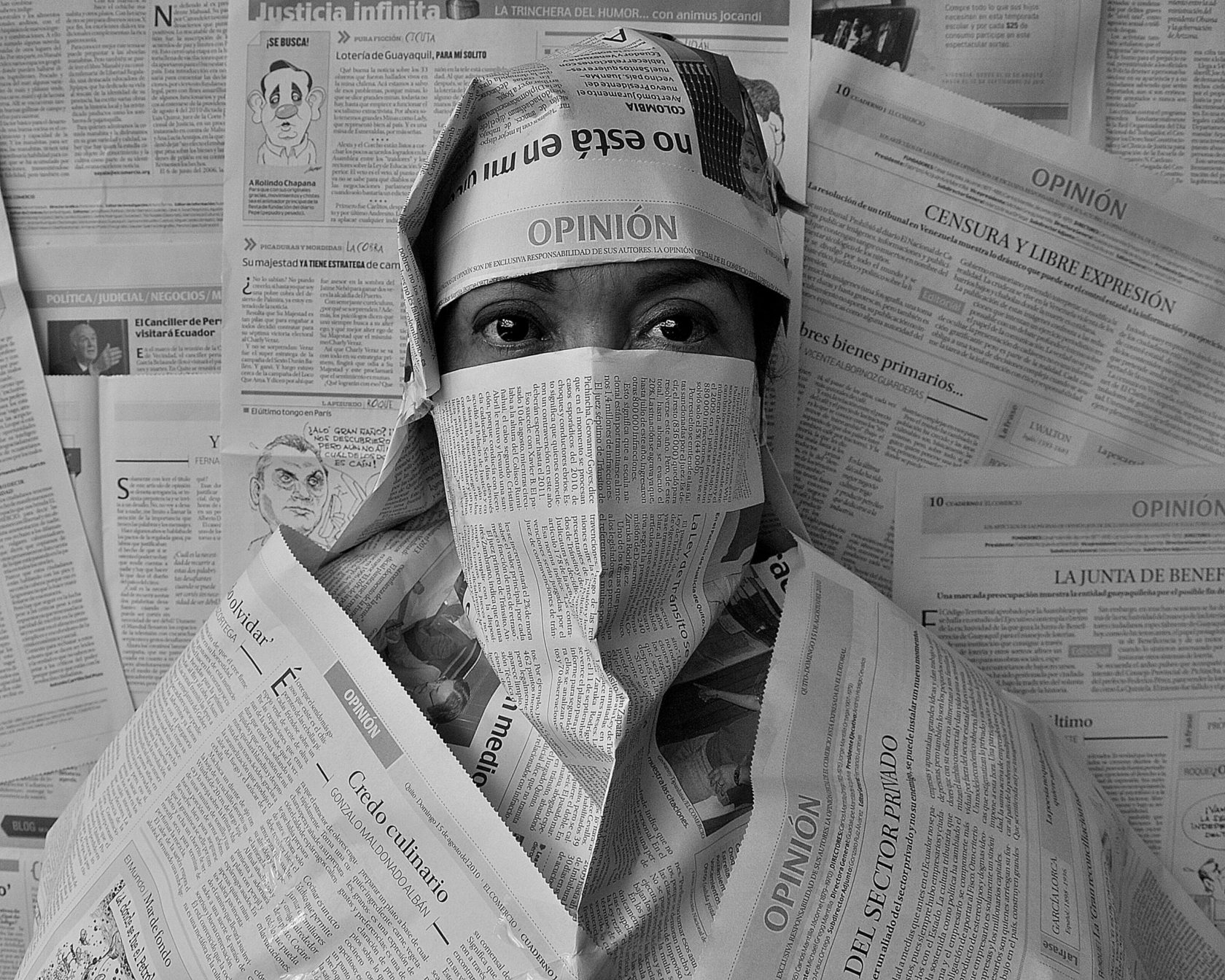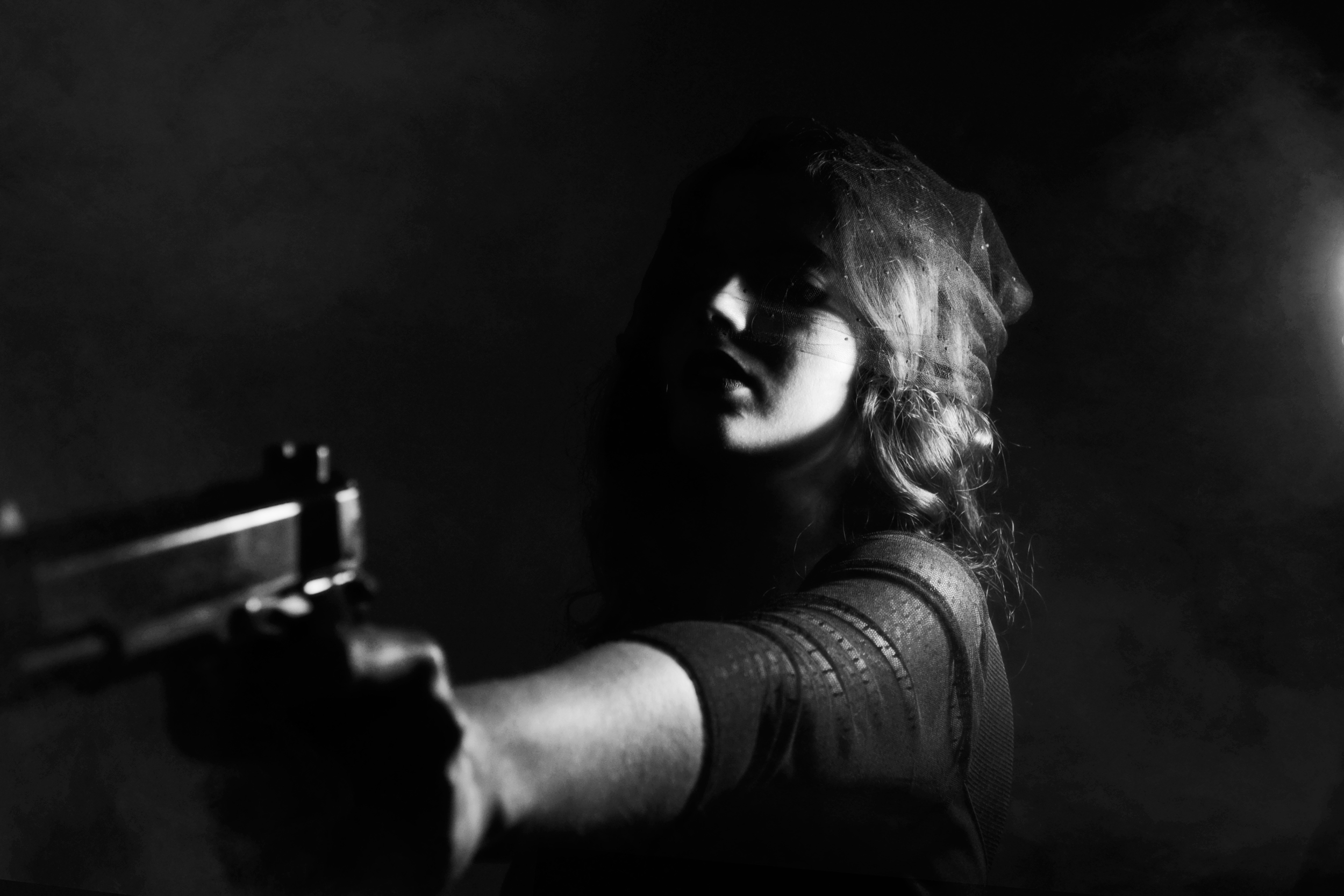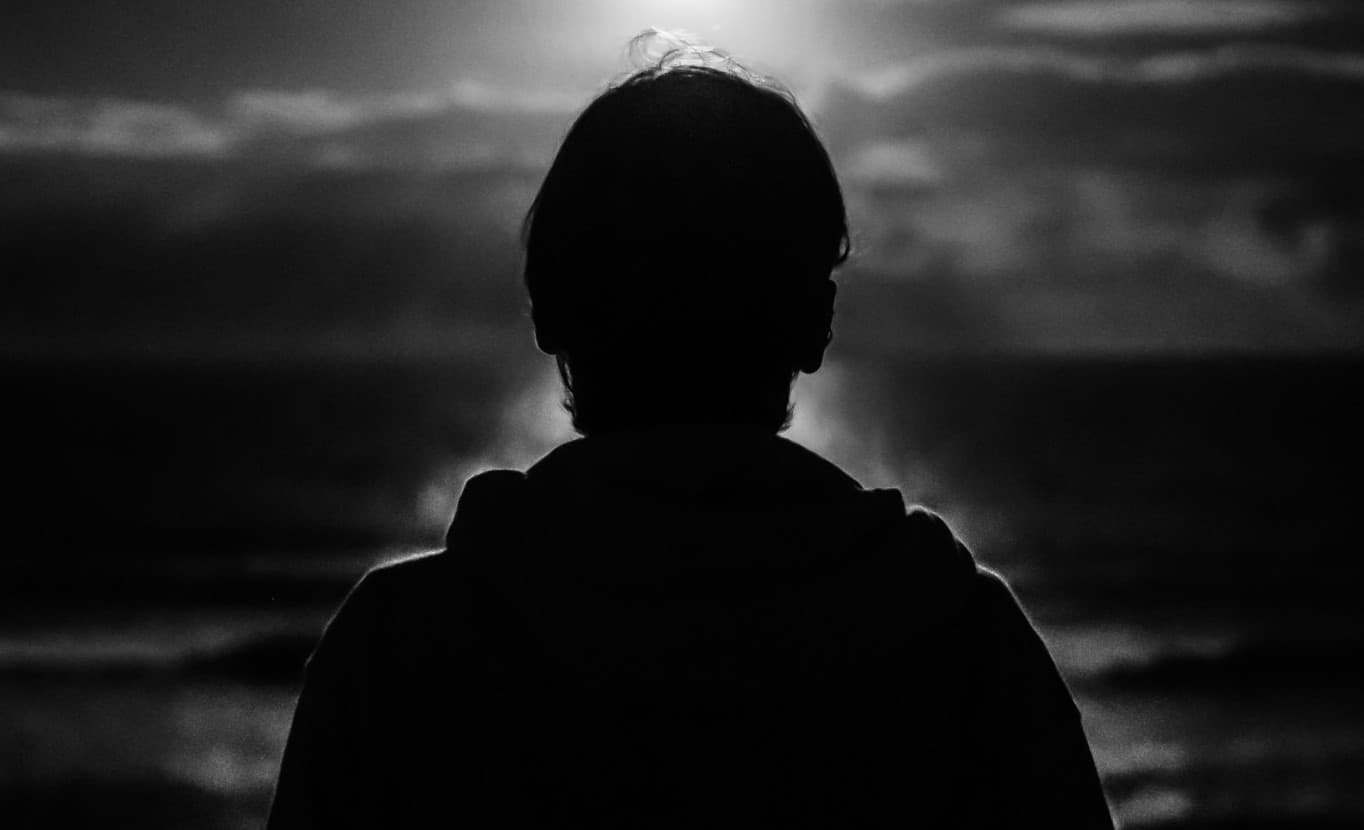Kimberle Crenshaw, “Mapping the Margins: Intersectionality, Identity Politics, and Violence Against Women of Color”
“Feminist efforts to politicize experiences of women and antiracist efforts to politicize experiences of people of color have frequently proceeded as though the issues and experiences they each detail occur on mutually exclusive terrains….The failure of feminism to interrogate race means that the resistance strategies of feminism will often replicate and reinforce the subordination of people of color, and the failure of antiracism to interrogate patriarchy means that antiracism will frequently reproduce the subordination of women.”
Breonna Taylor would have been 27 years old on Friday. She was an EMT – a life giver, a life keeper, a life saver. A protector in service of the people. She was murdered by eight bullets fired by police officers while sleeping in her own home. The police who killed her have neither been arrested nor fired. Her boyfriend, Kenneth Walker, grieved in prison under charges of attempted murder of an officer, because he shot at the plain-clothes police who did not announce themselves before breaking into the house like intruders on a no-knock warrant. No drugs were found, and the suspect they were actually looking for was already in custody by the time they shot more than twenty bullets into the wrong home.
Breonna Taylor’s name has now entered the #blacklivesmatter conversation about police brutality, and that’s a good thing. But it took way too long for that to happen, and that’s unfortunately unsurprising. Black women are routinely erased from conversations about black people killed by police. The misogynoir that fuels this invisibility is deep and multifaceted, but I want here to focus on the complicity of self-described feminists in this erasure. All the newly woke white women I know want #justiceforgeorgefloyd, and that’s great. But we need to ask ourselves an ugly question: why is it so difficult for white women to find feminist solidarity with the black female victims of police brutality?
I don’t see any pink pussy hats at these protests.
I don’t see enough white women fighting for black women.
Breonna Taylor was murdered on March 13, and George Floyd was murdered on May 25. Google Trends reveals that searches for her name didn’t peak until after May 26th, when the nation began marching for Black Lives Matter broadly, until conversations about police killing black people re-emerged. Her death, on its own, sparked no significant outrage.
Police brutality is a feminist issue as well as an issue of racial justice. The police system is riddled with cases of physical and sexual violence against both cisgender and trans women. Unarmed and innocent women are murdered and brutalized by police at alarming rates, but they are not hashtagged like their male counterparts. White feminism (an ideology practiced by many non-white women who have also been indoctrinated into antiblackness and misogynoir) carries a significant burden of blame for this erasure.
White feminism has never included or fought for nonwhite and especially black women. If we wish to be, or believe ourselves to be, at a time in history when we are becoming truly anti-racist; if we wish to be or believe ourselves to be fighting systemic white supremacy at its core, then women who wish to be or believe themselves to be feminists need to address the misogynoir that exists at the core of our feminism. If we do not do this, all of our strides towards activism will continue to be rooted in the white supremacy we claim to be fighting.
Police Brutality is a Racist and Feminist Issue
“Black women’s interaction with the state, through law enforcement, is marked by violence. Black women are murdered by the police. They are assaulted and injured by the police. They are arrested unlawfully by the police; and finally they are tried, convicted and incarcerated for defending themselves against nonpolice violence. State violence against Black women is long-standing, pervasive, persistent, and multilayered, yet few legal actors seem to care about it.”
Michelle S. Jacobs, “The Violent State: Black Women’s Invisible Struggle Against Police Violence”
Black women and LGBTQ+ people are brutalized by police in many of the same ways men are – they are murdered and physically assaulted – but they also experience gendered violence like strip searches, cavity searches, assault while pregnant, rape and sexual harassment, and “gender checks.” On top of that, women and LGBTQ+ people are harmed and killed by police even while seeking help for gendered issues like domestic violence and sexual assault.
Systemic violence against non-men is a feminist issue, though the victims of these crimes are relegated to the sidelines. And the silence by feminists about this issue is itself a form of racist violence, because this issue disproportionately affects nonwhite women.

Between 2014 and 2020, Eric Garner, Michael Brown, Tamir Rice, Walter Scott, Freddie Gray, Alton Sterling, Philando Castile, Stephon Clark, and George Floyd were all murdered by police. How many of those names do you know? How many did we march for?
In the same time period, Pearlie Golden, Michelle Cusseaux, Tanisha Anderson, Natasha McKenna, Mya Hall, Alexia Christian, Joyce Curnell, Ralkina Jones, India Kager, Kisha Michael, Korryn Gaines, Deborah Danner, Michelle Shirley, Charleena Lyles, Decynthia Clements, Pamela Turner, Atatiana Jefferson, and Breonna Taylor were also murdered by police. How many of their names do you know? How many did we march for?
These are, of course, just a few of the names. The Say Her Name Report, issued by the African American Policy Forum (AAPF) includes far more female victims of police brutality over the same timeline (Gabriella Nevarez, Aura Rosser, Meagan Hockaday, Janisha Fonville, seven year old Aiyanna Stanley-Jones…..the list goes on.) and still we know few of these.
When we do, eventually, #sayhername, it is too often in the wake of outrage about a male victim of police brutality. She is always an asterisk or a footnote, always an “also” and never a headline. In fact, it is often only because of outrage about police brutality against men that police brutality against black women is discovered at all.
In a 2017 study called “The Violent State: Black Women’s Invisible Struggle Against Police Violence,” Michelle S. Jacobs showed that the Baltimore Police had conducted over sixty strip searches in violation of people’s rights. Victims were only reported as black when they were male. Female victims could only be racially identified if the report included a racialized insult. Given the population of Baltimore, which is 63% black, and the racial disparities in police stops everywhere, it is more than likely that the majority of these incidents involved black women, but they are made invisible in the data. Another woman who was pulled over for a broken headlight and then stripped and cavity searched in the street was only identified as a black woman by a small blog focused on police brutality, but not by police or mainstream media sources.
Significantly, this disturbing data on the Baltimore Police was only discovered and published by the Department of Justice as a direct result of the murder of Freddie Gray and the protests and investigations that followed. These invasive and sexually humiliating violations would have gone completely unreported were it not for the outrage about the murder of a man.
It isn’t even that racist policing affects black men more than women. In fact, the data we have overwhelmingly suggests that black women are just as likely to be harassed and discriminated against by police as black men. In New York City, for example, which is one of the few places with extensive data about police stops, the rates of racial disparities between stop and frisks and arrests are identical for black and Latinx men and women[7], and yet we focus only on black and Latino men. Not only do we leave women out of stop-and-frisk outrage, we also fail to mention that two out of every five women of color in New York City have reported sexual harassment by this same police force[7], an additional and essential dimension of the conversation.
In addition to being disproportionately harassed and brutalized by police at rates comparable to black men, many of the black women in the AAPF report were murdered when police came to respond to a call about domestic violence: Meagan Hockaday, Janisha Fonville, Yvette Smith, Aura Rosser. The issue of police brutality is compounded here. Black women are abused by police violence independently, less likely to be protected by police when they are being abused within their own homes and communities, and finally killed by the very system they trusted to protect them when they sought help.
Mass incarceration, too, is an issue of gender as well as racism. Bresha Meadows was sentenced at fourteen years old for involuntary manslaughter when she finally killed her abusive father in self-defense after spending months trying unsuccessfully to get help from various institutions. Marissa Alexander fired a warning shot into the ceiling of her home while she was being abused by her partner and was convicted of aggravated assault with a deadly weapon. Not only are back women incarcerated for defending themselves against abusive partners twice as often as white women are, they are arrested more often than white women just for reporting intimate violence to police.
The Say Her Name report contests that the lack of public outrage for black female victims of police brutality “represents a broader failure to demand accountability for all black lives targeted by the state.” It also represents a failure of women – and white women specifically – to demand accountability under the banner of “feminism” for all women and LGBTQ+ people targeted by state-sanctioned physical and sexual violence.
Sexual Violence is Police Brutality
“Hegemonic masculinity helps to explain why police officers often target people existing in the criminalized margins of society. Police officers looking to establish their masculinity will assert dominance over individuals lower in the identity hierarchy or those that are particularly vulnerable to the criminal justice system. Victims of PSV often include drug addicts, sex workers, LGBTQ+ people, and—disproportionately so—women of color. Notably, all of these groups occupy a lower level on the identity hierarchy of hegemonic masculinity than a police officer does. Unsurprisingly then, hypermasculine police officers are more likely to sexually assault these vulnerable groups of people in order to assert their dominance and establish their masculinity.”
Dara E Purvis and Melissa Blanco, “Police Sexual Violence: Police Brutality, #MeToo, and Masculinities”
Police sexual violence is the second most frequent report of police misconduct, after excessive force. The terrifying and repulsive prevalence of sexual violence within the police force cannot possibly be overstated. One study by Buffalo News found that a police officer has been caught for sexual abuse or misconduct every five days for the last ten years. This horrifying epidemic seldom makes its way into conversations about police brutality, even when we do include black women in that conversation. In addition to the physical violence and murder that black women experience at the hands of police, a conversation about police brutality is categorically incomplete without discussing the rampant sexual violence that plagues this system.
The data that exists about police brutality in general is poorly divided along racialized gender lines, and vastly underreported when it comes to sexual violence specifically. There are no official statistics whatsoever about police rapes and sexual assaults, only private and small scale studies. Official data about police brutality in general does not include information about sexual misconduct.
What we do know clearly shows that police sexual violence disproportionately affects the most vulnerable: women of color, transgender and gender-nonconforming people, victims of domestic abuse, sex workers, drug users, and undocumented immigrants. Even the police admit the scale of the problem. Norm Stamper, a former Seattle police chief, published a book admitting that “you won’t find a major law enforcement agency that has been around for more than five minutes that has not had a chapter in its history of sexual abuse by a police officer on duty. We’ve got too many rapists in uniform.”
“Disturbing” does not go nearly far enough to describe the numbers and facts we do have. One six-year study by the Associated Press between 2009 and 2014, which did not even include federal officers, revealed almost 1000 police officers who lost their licenses as a result of sexual misconduct. 594 of those involved sexual assault, sodomy, or rape, and 154 of those involved prisoners. Another study published by Bowling Green State University analyzed 548 arrest cases of 398 officers over 3 years. The study identified 118 cases of rape in its most egregious and unspeakably violent forms. Almost three-quarters of the victims were less than 18 years old.
Some of these assaults were committed: on and off duty, against women in custody, in their own homes, on their mother’s front porch, in their cars, in an officers’ private home, on a public street, handcuffed to a hospital bed, in front of a gas station, as coercion to escape charges, under the influence of drugs, in response to a call about domestic violence, under threat of physical violence or death, at gunpoint… the horror goes on.
This violence is systemic, as illustrated in the case of Daniel Holtzclaw, an Oklahoma police officer who was convicted in 2016 of raping thirteen women while on duty over the course of just six months. The racialized element of this sexual violence was hidden for a long time. The Associated Press broke Holtzclaw story, and Al Jazeera ran a followup, but it wasn’t until much later when the story came out in the New York Times that it was revealed that all thirteen of Holtzclaw’s victims were black women, twelve adults and one teenager, who he targeted specifically because of their vulnerable status, telling them that their word would never be believed over his.
There are so, so, so many others. Too many women and girls and LGBTQ+ people brutalized and violated and raped by police, too many intersections of race and gender we leave unaddressed, too many invisible victims of police brutality left out of the conversation, left out of the fight. Andrea Ritchie’s lecture about her book, Invisible No More: Ending Police Violence Against Women and LGBTQ+ People of Color, is worth a watch for a concise, cutting, and tragic insight into the depth and scope of the issue.
Who will fight for them? Who can they turn to? Who do you report a rape to, when you’ve been raped by the police? Who will protect you from domestic violence, when the police will murder or rape you for calling it in? Who will fight for the non-male victims of police brutality and sexual violence if not the people who are protesting police brutality? If not the people fighting violence against women? When we leave their names and experiences out of that fight, we abandon them to the wolves, failing to face one of the central heads of the hydra while claiming to be confronting the whole beast.
When we talk about police brutality we are talking about abuse of power. The white supremacist walls that build our society and our justice systems make it impossible to divorce that conversation from race. The #metoo movement opened the doors to conversations about sexual violence against women within the context of the abuse of power dynamics, but failed to bring police sexual violence into that limelight. And when we do talk about state-sanctioned physical and sexual violence, we have to talk about the people that it disproportionately affects: black women, LGBTQ+ people, and especially black trans women.
So why don’t we?
The Failure of White Feminism
“In much of the literature written by white women on the “woman question” from the 19th century to the present day, authors will refer to “white men” but use the word “woman” when they really mean “white woman.” Concurrently, the term “blacks” is often made synonymous with black men….white feminists did not challenge the racist-sexist tendency to use the word “woman” to refer solely to white women; they supported it. For them it served two purposes. First, it allowed them to proclaim white men world oppressors while making it appear linguistically that no alliance existed between white women and white men based on shared racial imperialism. Second, it made it possible for white women to act as if alliances did exist between themselves and non-white women in our society, and by doing so they could deflect attention away from their classism and racism.”
bell hooks, Aint I A Woman? Black Women and Feminism
White feminists have paid lip service to black liberation – when it was convenient, until it was no longer in their immediate best interest to do so. For a brief moment in time, white suffragettes aligned themselves with abolitionists and civil rights activists, until it became clear that black men would get the vote before they would, and then solidarity went out the window. To paraphrase bell hooks, when we claim to talk about women’s liberation, we really mean “white women’s liberation” and when we march in solidarity with black people, we are really marching for “black men.”
This in-and-out alignment of convenience goes back not just to slavery, but also and perhaps especially to our romanticized mis-remembrance of it, where white men were the irredeemably evil forces of racist violence and white women sat by, the eternally innocent prisoners of patriarchy, victims but never perpetrators, who in actual fact routinely committed unspeakable acts of violence against black women and were generally quite satisfied to have a social class sit one step lower on the social ladder than the shitty rung they occupied.
And what has honestly changed since then? Now we just have a cute name for this weaponized white womanhood, the sharp blade of false victimization aimed at the throats of black people. We call her “Karen” and separate ourselves from her. She weeps as a manufactured victim into a phone aiming white supremacist police violence at black people, at black women, but we do not claim Karen, we never have. And this failure of white women to cop to our own anti-black racism while simultaneously and publicly claiming to fight for feminist or antiracist causes has caused us to completely eliminate black women from either struggle.
bell hooks talks at length about the phenomenon of white women othering racism into the realm of white male patriarchy. In Ain’t I A Woman?, she notes that “prejudices white women activists felt toward black women were far more intense than their prejudices toward black men…black men were more accepted in white reform circles than black women.” This is because white women viewed black women as competition – socially, sexually, and economically – so inclusion did not serve them. Instead, black women were used as pawns in the feminist struggle.
The feminist movement “was consciously and deliberately structured to exclude black and other non-white women and to serve primarily the interests of middle and upper class college-educated white women seeking social equality with middle- and upper-class white men.”
From this standpoint, anti-racism within the feminist movement will only ever look like a diversity hire, but never ground-up inclusion. Come join “our movement”, but don’t build it with us. And when black women built their own black feminist groups to focus exclusively on black women’s issues that white women refused to address, white feminists couldn’t have been happier. If black women helped achieve women’s liberation through their own anti-racist lens, white women would still benefit. And white women could claim to fight for women as a whole without confronting their own anti-black racism.
Still, always, and whether we or not we see or admit it, white women have always been happy to keep black women as a class under our own. This is how white women keep our status on the ladder of race-sex hierarchy, how we keep ourselves at the Karen end of the phone call, instead of the gun barrel end. White women have an extra rung of privilege because black women do not.
This will never, ever go away until we look at this sickness, and fix it.
Confronting Racist Sexism and Sexist Racism
“No matter how we do it, as we challenge racial profiling, police violence, and mass incarceration, we need to commit to expanding our analysis, our approaches, and our agendas for change to incorporate the voices, the experiences, and the perspectives of women and LGBTQ+ people who are directly impacted by these issues. Because in the end, it’s only by bringing all forms of state violence against all people and valuing all black lives and leaving none behind that we’ll ultimately achieve justice and liberation for all of us”
Andrea Ritchie, “Invisible No More”, Barnard Center for Research on Women
Because we do not talk about these things, they become the invisible thread that stitches the quilt of racist sexism, the hood we wear with us into every social justice march and movement. If we claim to care about racist violence, we must care about racist violence against women and LGBTQ+ people. And if we claim to care about violence against women and LGBTQ+ people, we must care about black women and LGBTQ+ people. We claim to fight for both, but include black and trans women in neither. And that silence is glaring and violent.
Ending the systemic and racist issue of police brutality is urgent, and that the battle to do so is gaining widespread social and political traction is optimistic. But if we do not deliberately, loudly, and passionately include black and trans women in that conversation, we risk undermining the entire operation, contaminating a righteous movement for justice with white supremacy and heteronormative patriarchy. The conversation needs to expand to include all forms of police brutality against all people, and examine police violence at the intersections of race and gender. March for Rodney King and George Floyd, and also march for Breonna Taylor and for Atatiana Jefferson. For Tony McDade and Duanna Johnson.
This is a rallying cry for white feminists who are becoming newly radicalized and finally aware of the centuries of horrors that have been committed by our government and our police force (to say nothing of civilians) against black people. We need to acknowledge and directly challenge the racism that exists in our own feminism and understand how that informs our erasure of black women and LGBTQ+ people in the civil rights we believe ourselves to be fighting for. It is unacceptable to confront racism within society and systems without confronting our own racist sexism. It is shameful to fight for human rights while failing sisterhood and interracial solidarity.
White people, and especially white women, cannot become successfully antiracist without confronting the racism that is embedded in our feminism.
Interracial feminist solidarity is a matter of life and death. We must see color. We must demand accountability for police brutality including physical and sexual violence against black and trans women and girls. We must do this immediately, and we must be loud, enraged, and tireless. This is our fight. The time is now, and well overdue.
Sources:
[1] Blanco, Melissa and Purvis, Dara E. “Police Sexual Violence: Police Brutality, #MeToo, and Masculinities”, California Law Review, Forthcoming, and Penn State Law Research Paper No. 3-2019. June 13, 2019.
[2] Brewer, Steven L; Liederbach, John; Mathna, Brooke E; and Stinson, Philip M. “Police Sexual Misconduct: A National Scale Study of Arrested Officers.” Bowling Green State University. 2014.
[3] Crenshaw, Kimberlé . “Mapping the Margins: Intersectionality, Identity Politics, and Violence Against Women of Color”. Stanford Law Review. Vol. 43, No. 6, Jul., 1991
[4] Crenshaw, Kimberlé Williams and Ritchie, Andrea J. “Say Her Name: Resisting Police Brutality Against Black Women.” African American Policy Forum (AAPF) Center for Intersectionality and Social Policy Studies. Contributing Authors: Rachel Anspach, Rachel Gilmer, and Luke Harris. 2015.
[5] hooks, bell. Aint I A Woman? Black Women and Feminism. South End Press. Boston. 1982.
[6] Jacobs, Michelle S. “The Violent State: Black Women’s Invisible Struggle Against Police Violence”. William & Mary Journal of Race, Gender, and Social Justice, Volume 24, Special Issue: Enhancing Women’s Effect on Law Enforcement in the Age of Police and Protest. November 2017
[7] Ritchie, Andrea. “ Invisible No More: Racial Profiling and Police Brutality Against Women and LGBTQ People of Color”. Barnard Center for Research on Women. 2017.
[8] Sedensky, Matt. “Hundreds of Officers Lose Licenses Over Sex Misconduct”. Associated Press. Contributors: Normaan Merchant, Martha Irvine, Serdar Tumgoren. November 1, 2015.
[9] Staff. “Sexual abuse by a few police officers is a stain that must be eradicated”. Buffalo News. November 27, 2015
